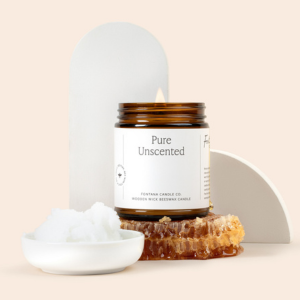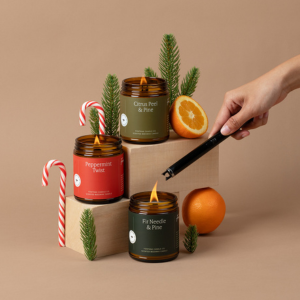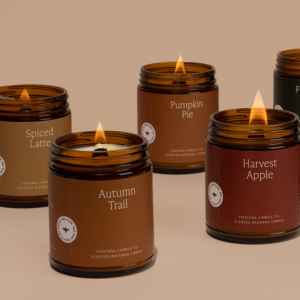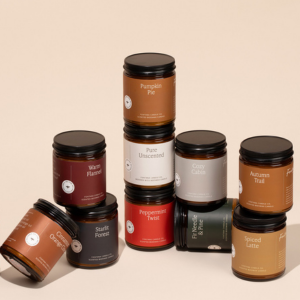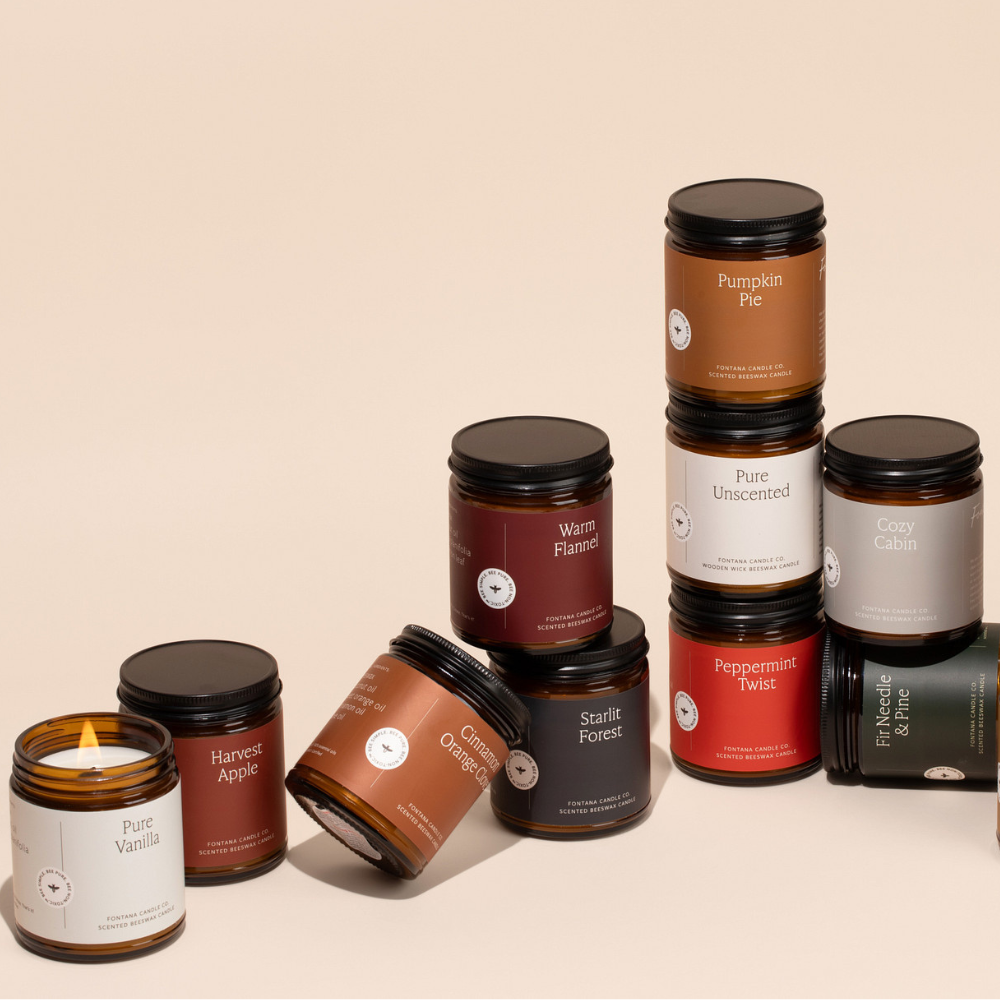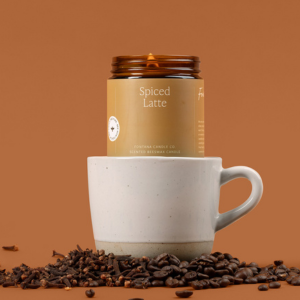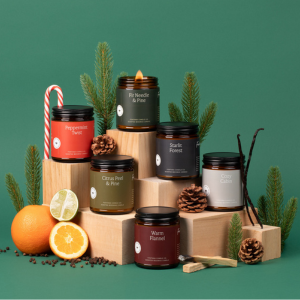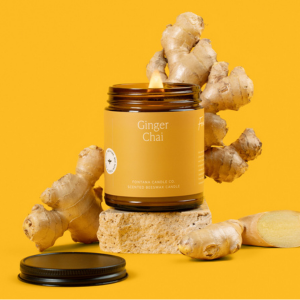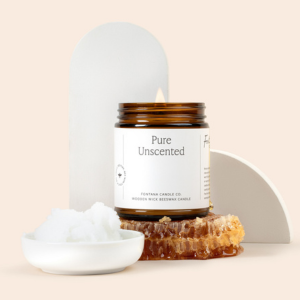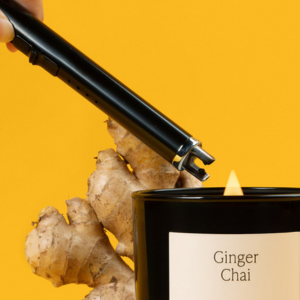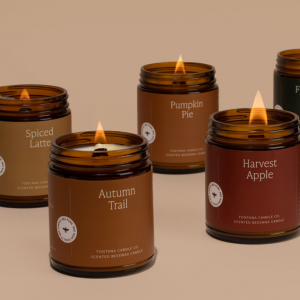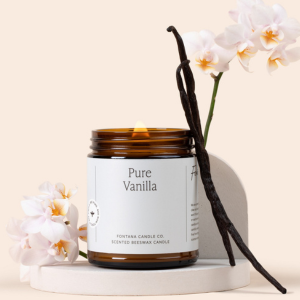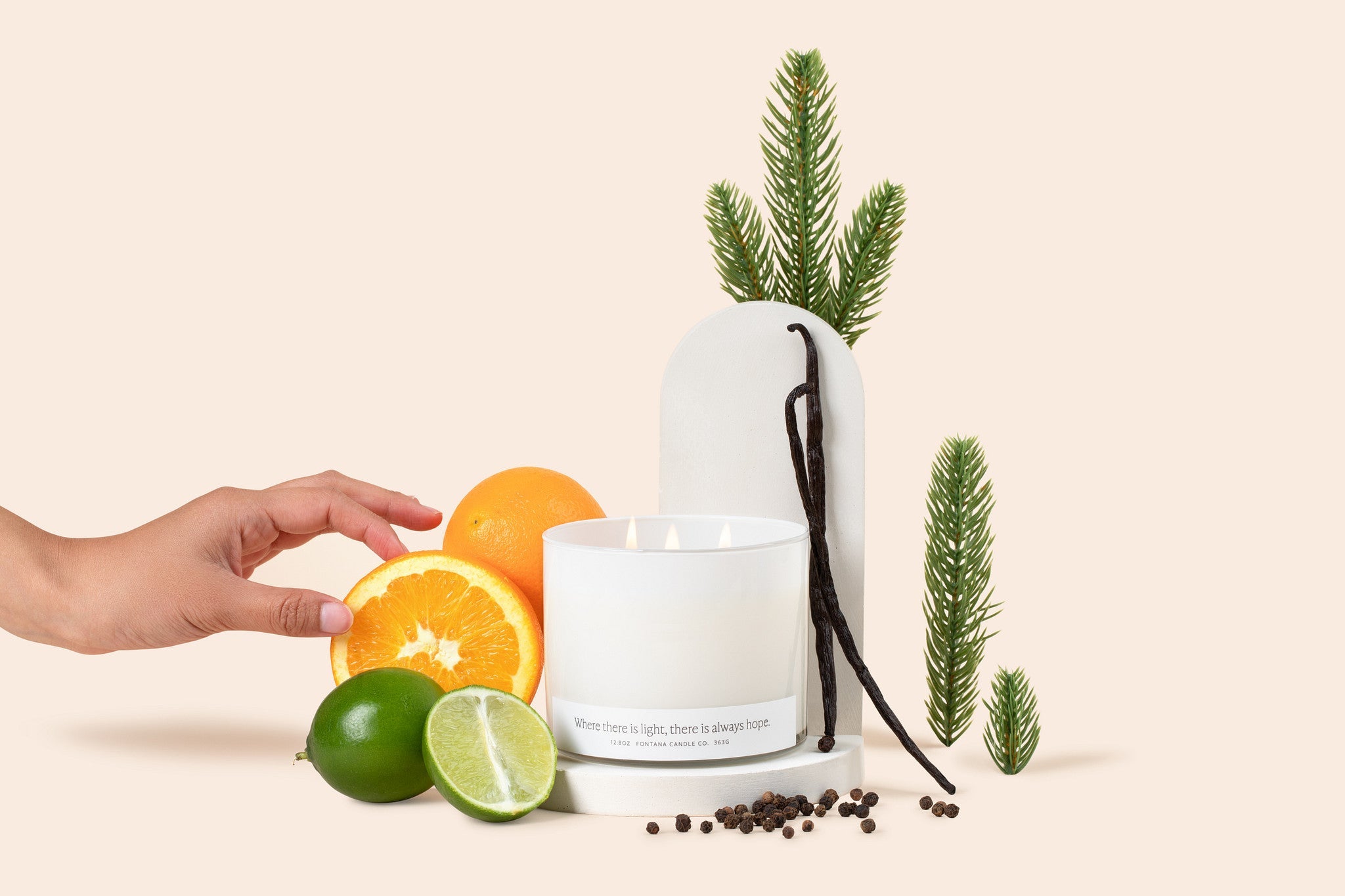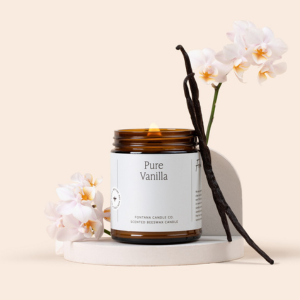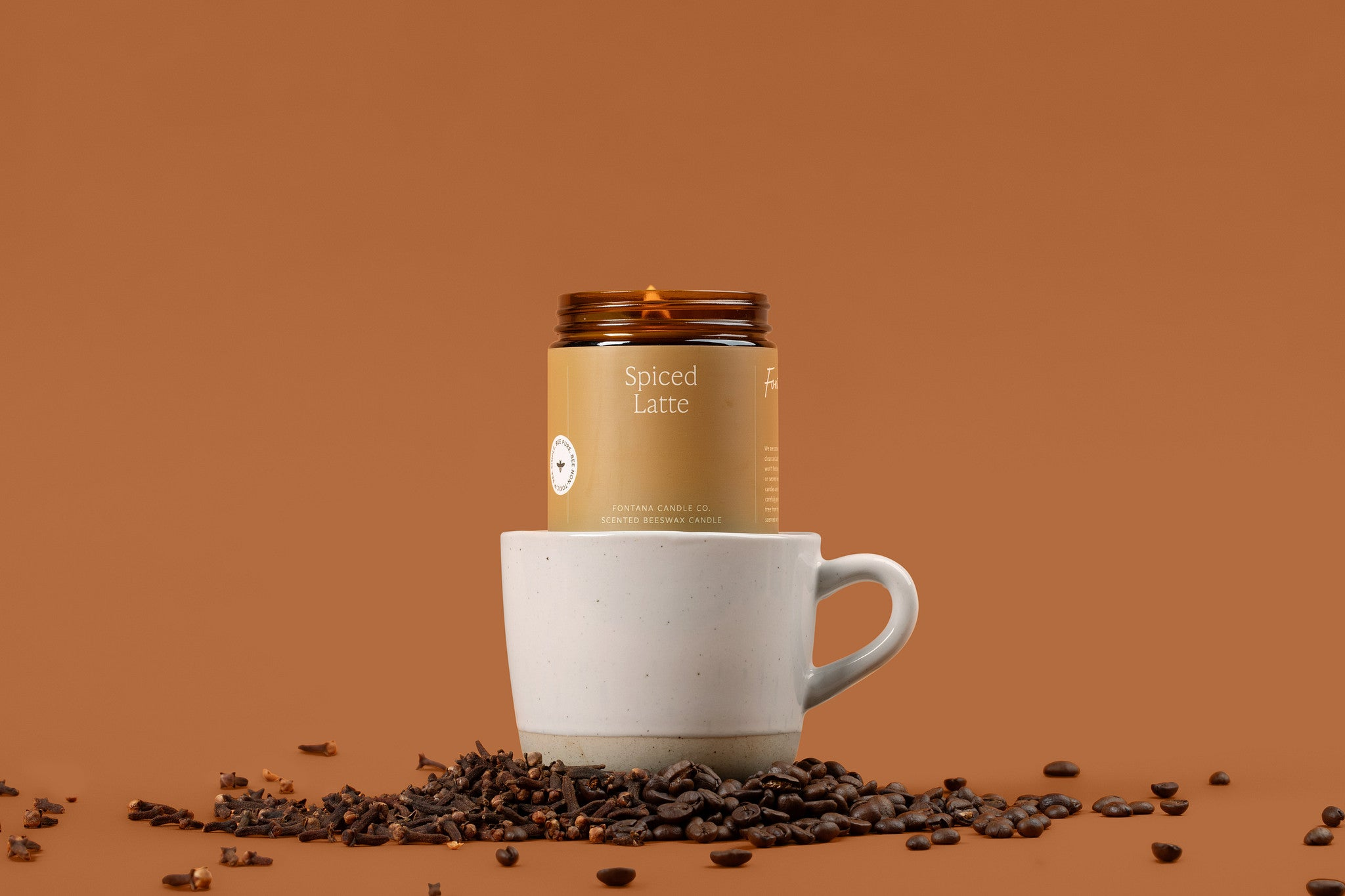Sunscreen isn't the only product contaminated with Benzene.

If you haven't seen it plastered on the news, In July 2022, there was a nationwide recall of Banana Boat Sunscreen due to the presence of the carcinogen, Benzene. Scientists are increasingly finding benzene and benzene metabolites (Benzoquinone, benzene oxide, malonaldehyde, etc.) in more and more consumer products; the products we use daily like shampoo, deodorant, and candles. Or worse, the products we spray on our kids like sunscreen and hand sanitizer.
Benzene is not an ingredient in any sunscreen formulation or in the production process of any brands or manufacturers. It is believed that the benzene occurred as a contaminant, a byproduct of manufacturing, or it could have been created by the production of another raw material used in the sunscreen.
What is Benzene?
Benzene is a sweet-smelling, petroleum-derived toxic chemical classified as a group-1 carcinogen, meaning no amount of exposure is safe. Benzene exposure can harm the central nervous system, affect reproductive organs, the number of red blood cell levels, and increase the risk of leukemia or its subtypes, non-Hodgkin lymphoma (NHL), multiple myeloma, and acute nonlymphocytic leukemia (ALL). There have also been several case-control studies of childhood leukemia.
Benzene can be created both naturally and by human activities.
Naturally sources of benzene are volcanoes and forest fires, and can be found in crude oil, gasoline, and cigarette smoke.
Benzene is among the 20 most widely used chemicals in the United States. Industrial uses of benzene include making chemicals that are used to make plastics, resins, nylon and synthetic fibers. It can also be used to make lubricants, rubbers, dyes, detergents, drugs, and pesticides.
How can you be exposed to Benzene?
We all know that breathing in second-hand smoke can be harmful to our health. It is important to note that a major source of benzene exposure is tobacco smoke. Outdoor air can contain low levels of benzene from tobacco smoke, gas stations, motor vehicle exhaust, and emissions from manufacturing facilities. Workers in the rubber industry, oil refineries, chemical plants, and shoe manufacturers have the highest risk of benzene exposure at work. Levels of benzene are generally higher indoors than outdoors because of the off-gassing of glues, paints, furniture wax, and detergents
Why haven't we heard of Benzene?
If we weren't a non-toxic candle company painstakingly meticulous about our ingredients, we certainly wouldn't have heard of Benzene. Why have BPA, Sulfates, and Nitrates all had their moment in the limelight, and Benzene remains without media coverage? We wish we knew, but it's time to let the cat out of the bag.
The President's Cancer Panel issued a groundbreaking report calling attention to a growing body of evidence linking environmental exposures to cancer, and guess what? Benzene was highlighted.
Nearly 80,000 chemicals on the market in the United States, used by millions every day, are unstudied and unregulated. If you can believe it, manufacturers are not legally required to test for chemical contamination like Benzene in personal care products.
Benzene in Fragrance
Although benzene in sunscreen has been getting much attention, it could still be silently lurking in fragrance. Benzene can be considered an important starting material for many perfume ingredients. One of these fragrance ingredients derived from benzene is 2-phenlyethanol. Phenylethanol is widely used in perfumery because of its blending qualities.
The International Fragrance Association, the industry body that represents the fragrance industry worldwide, restricted the use of benzene in 1988. The standard reads: “the level of benzene has to be kept as low as practicable and should never exceed 1 ppm in the fragrance compound.” Since this standard has been put in place, there has been significant changes in manufacturing practices that permit the reduction of the maximum permitted level of benzene.
So then, how do we avoid toxic Benzene exposure?
- Stick to smaller, reputable brands. Most of the brands found with benzene contamination are from major manufacturers.
- Avoid aerosol-based propellants.
- Avoid petroleum-based products
- Check for independent third-party verifications like the MADE SAFE® and EWG Verified.

You won't find Benzene in Fontana Products.
Fontana Candle Company's ingredients are carefully selected, and we are (arguably annoyingly) particular about who we choose as our trusted suppliers.
Our collection of Spray & Renew home sprays are non-propellant, 100% natural, and MADE SAFE® certified. Using our favorite ingredients, like our pure essential oils, our Spray & Renew collection will fill your home with comforting, non-toxic scents you trust.
While most candles are made of toxic paraffin wax (a petroleum waste product), Fontana's candles are free of toxic paraffin or petroleum byproducts. We hand-selected safe ingredients to create our genuinely non-toxic, beeswax, and essential oil-based candles that are MADE SAFE® certified.
Help us broadcast the risk of Benzene exposure by sharing this information with your loved ones and supporting trustworthy brands.

